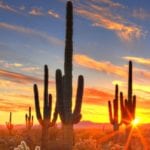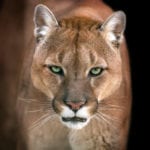 Weird Stuff
Weird Stuff  Weird Stuff
Weird Stuff  Our World
Our World 10 Ways Your Christmas Tree Is More Lit Than You Think
 Movies and TV
Movies and TV The 10 Coolest Stars to Set Sail on The Love Boat
 History
History 10 Things You Didn’t Know About the American National Anthem
 Technology
Technology Top 10 Everyday Tech Buzzwords That Hide a Darker Past
 Humans
Humans 10 Everyday Human Behaviors That Are Actually Survival Instincts
 Animals
Animals 10 Animals That Humiliated and Harmed Historical Leaders
 History
History 10 Most Influential Protests in Modern History
 Creepy
Creepy 10 More Representations of Death from Myth, Legend, and Folktale
 Technology
Technology 10 Scientific Breakthroughs of 2025 That’ll Change Everything
 Weird Stuff
Weird Stuff Ten Bizarre Facts About The Doge Meme
 Our World
Our World 10 Ways Your Christmas Tree Is More Lit Than You Think
 Movies and TV
Movies and TV The 10 Coolest Stars to Set Sail on The Love Boat
Who's Behind Listverse?

Jamie Frater
Head Editor
Jamie founded Listverse due to an insatiable desire to share fascinating, obscure, and bizarre facts. He has been a guest speaker on numerous national radio and television stations and is a five time published author.
More About Us History
History 10 Things You Didn’t Know About the American National Anthem
 Technology
Technology Top 10 Everyday Tech Buzzwords That Hide a Darker Past
 Humans
Humans 10 Everyday Human Behaviors That Are Actually Survival Instincts
 Animals
Animals 10 Animals That Humiliated and Harmed Historical Leaders
 History
History 10 Most Influential Protests in Modern History
 Creepy
Creepy 10 More Representations of Death from Myth, Legend, and Folktale
 Technology
Technology 10 Scientific Breakthroughs of 2025 That’ll Change Everything
10 Wild Facts About The Amazon Rainforest
Everyone is familiar with the Amazon rain forest. Odds are most of us have done a school project on it in the past (or possibly you’re doing one right now). It’s one of the most distinctive places on the planet, as well as one of the most beautiful. But while we all know the basics of the Amazon, it is such an expansive ecosystem that it holds some incredible secrets within its depths. From things that are simply astoundingly beautiful to things that could change the world, here are just 10 reasons why the Amazon is amazing.
10 Fragile Ecosystem
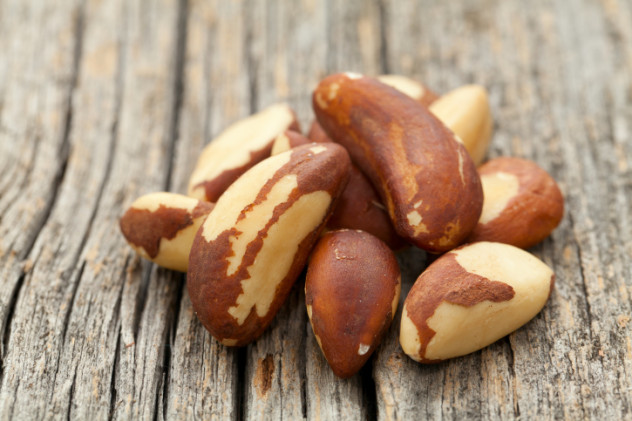
Ecosystems in general can be extremely fragile, with the smallest occurrence rippling out and drastically changing the environment. The introduction of the cane toad to Australia is one of the most famous examples of how much damage can be done by a single species. A more recent example would be how the reintroduction of grey wolves to Yellowstone National Park physically changed the course of the rivers there. While most ecosystems can be considered delicate, the biodiversity levels of the Amazon leave it more susceptible to being thrown off-balance. The best way to illustrate this is with the example of the Brazil nut.
The Brazil nut can only be pollinated by one species of bee, known as Euglossine, as they are strong enough to open the lid on its flowers. As is the case with most bees, this is done mostly by the females, meaning the tree acts as a food source for them and they pollinate the plants. But the bee population is even more dependent on the tree: Male bees need the scent of the tree’s orchids to attract females for mating. So if the females didn’t pollinate the plant, there would be no way for the males to get the scent, and the bees would die out with the plant.
As if that isn’t specific enough already, the Brazil nut’s infamously tough shell can only be broken by a few animals, including the agouti, a rodent that breaks open the shell and buries the seeds in other parts of the rain forest. Any attempts to grow these trees in orchards have always failed. With so much damage being done to the rain forest, this is just one example of how easy it is for this biome to fall like dominoes.
9 The Bodele Depression
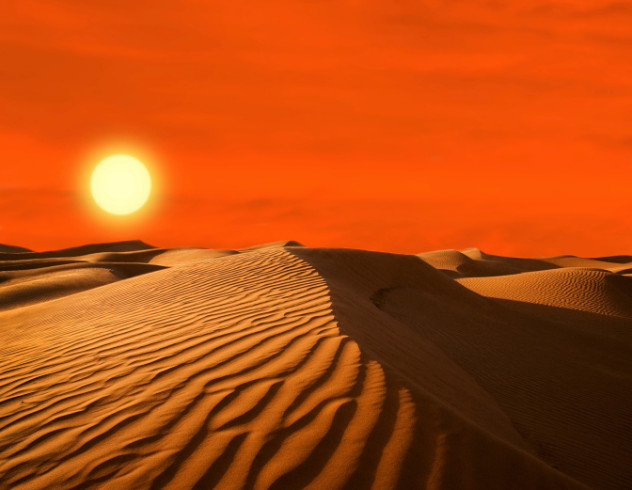
Thousands of years of evolution in such a diverse biome has led not only to an ecosystem that requires extreme levels of synchronization, such as we saw with the Brazil nut, but also one that has a very high demand for nutrients. We can clearly see from the rain forest’s bountiful array of life that it meets this demand, but it does so from a very unexpected source.
The Bodele Depression is located in Chad, in the southern half of the Sahara Desert. It’s not a particularly large area of land, measuring in at less than 0.5 percent of either the Amazon or the Sahara. However, despite being a relative dwarf, the Bodele Depression is the source of about 3.6 million metric tons (40 million tons) of mineral sand that blows over the Atlantic and into the Amazon basin every year, fertilizing the land. Overall, it is estimated that over half of the Amazon’s dust comes from this tiny spot in the Sahara 5,000 kilometers (3,100 mi) away, and that without it, the rain forest as we know it today would not exist.
8 Extinctions
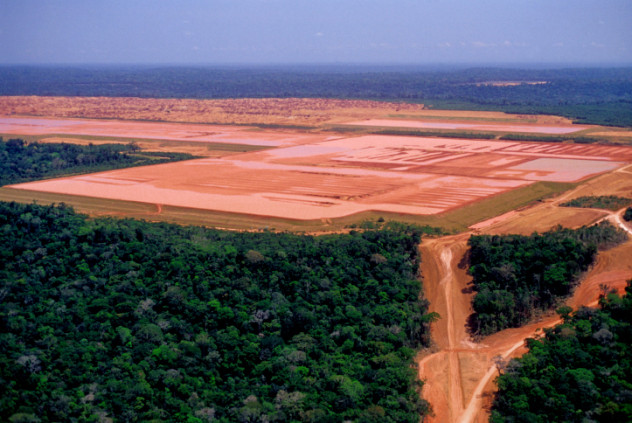
The Amazon rain forest has one of the greatest levels of biodiversity on the planet, if not the greatest. It is estimated that 1 in 10 of all animal species lives in the Amazon rain forest. On top of that, just one hectare (2.5 acres) of the Amazon rain forest can contain up to 750 species of trees and 1,500 species of higher plants.
But experts say 120,000 square kilometers (46,300 square mi) of rain forest is lost every year, much of it in the Amazon. This deforestation also leads to the daily extinction of 135 plant and animal species, which amounts to an appalling 50,000 extinctions a year. As this list progresses, you’ll see why that statistic is even more horrifying than it already seems.
When people think of rain forests being cut down, they generally picture large corporations rolling in with big machines to cut down as many trees as possible and turn them into paper, furniture, and so on. In reality, commercial logging, both legal and illegal, accounts for less than 3 percent of deforestation in the Amazon. The real driver of deforestation is cattle ranching, which accounts for anywhere between 60–80 percent of deforestation that occurs in the Amazon.
7 Mysterious Rings
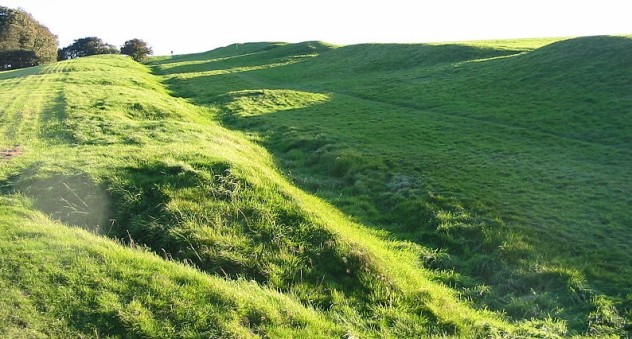
With so much land being deforested, it was only a matter of time before something unexpected was unveiled. As trees continue to be cut down, more and more mysterious ditches have been found across Brazil and Bolivia. The square, circular, and linear ditches are up to 5 meters (16 ft) deep, and left archaeologists baffled as to who built them, how, and why. As always, one theory put forth to explain their purpose was that the ditches had a religious significance, which is perfectly possible. Another theory is that they were used for drainage. A third theory is that they were there for defense. While a ditch in the ground may seem like a pretty lame defense, almost identical formations have been found all over Ireland (pictured above), that are the result of ditches being dug and the excess earth being used to build mounds beside the ditch, making forced entries extremely difficult.
Some of the ditches were over 1 kilometer (0.6 mi) long, and scientists from the University of Reading were trying to figure out how many people would have been needed to build such structures, and how they could have done so, as there was no evidence that people living in that area over 2,000 years ago would have had the tools to build such formations. The mystery was solved when the team examined pollen sediments and discovered it was grass pollen and evidence of maize, pointing to previous savannah and farming in the area. Their exact purpose, however, remains a mystery.
6 Economics
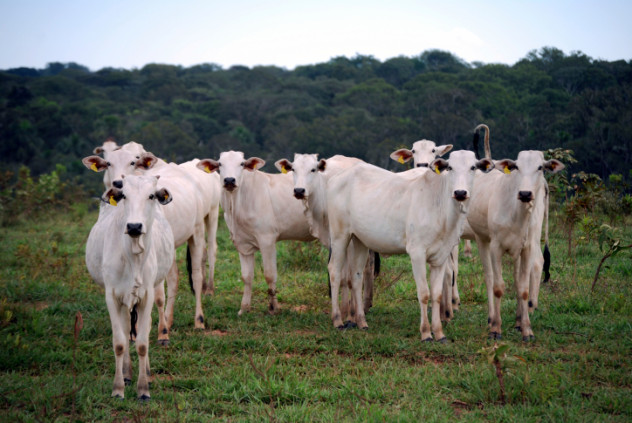
Obviously, nobody with a conscience is going to be in favor of dealing irreparable damage to the rain forest, but when it comes down to it, some people are willing to do almost anything to make a quick buck, no matter how much devastation they leave in their wake. There’s no doubt that the Amazon is a literal organic treasure trove, so leveling it to use the land as a cattle ranch would be like coming across El Dorado and leveling it to use as a cattle ranch.
We know that there are already far more hectares used for pasture than the cattle know what to do with, and while logging is a considerably smaller contributor to deforestation than most people think, it does still occur. But the reality is that it would be much better to leave the rain forest intact, not just from an environmental perspective, but from a purely economic perspective as well. Researchers found that the value of one hectare in the Amazon was worth $148 if used for cattle, $1,000 if used for timber, and $6,330 if used for sustainable practices, such as fruit or latex harvesting.
5 The River
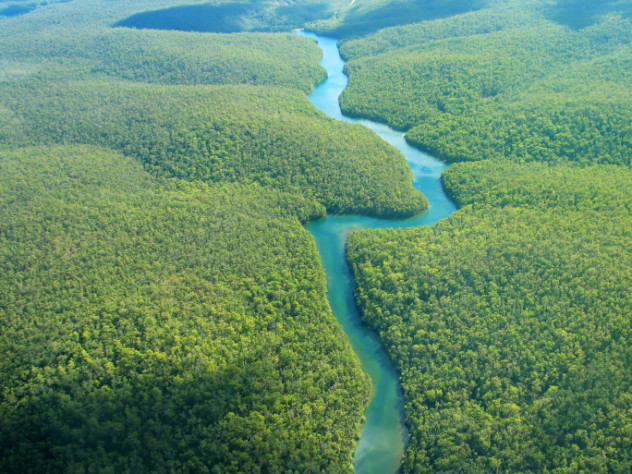
The Amazon is undoubtedly one of the most famous rivers in the world, and for a number of good reasons. Depending on how you measure, the Amazon could be considered to be by far the biggest river on the planet. It starts in the Andes, just 192 kilometers (119 mi) from the Pacific Ocean, into which it originally drained. But as the mountains rose, its course changed, and now it runs 6,437 kilometers (4,000 mi) across South America and into the Atlantic.
While this means that the Nile River is actually 400 kilometers (250 mi) longer, the Amazon discharges a substantially greater amount of water. On average, the Nile discharges about 80 billion gallons of water a day. While that itself is an unfathomable amount of water, it absolutely pales in comparison to the Amazon’s daily output of 776 billion gallons. And that’s just in the dry season. In the wet season, the Amazon discharges an inconceivable 2.7 trillion gallons of water a day.
Because of the absolutely colossal amount of water draining out of the river and into the sea, the water as far out as 100 kilometers (60 mi) into the Atlantic Ocean is brown, which helped ships with navigation before they saw land. To put that in perspective, that’s 400 times the length of Central Park, or 15 times the length of Manhattan.
4 Medical Potential

With such extreme levels of biodiversity, and life forms so peculiar they may as well be alien, it should come as no great surprise that the Amazon rain forest is believed to hold a myriad of potential cures and treatments to a wide range of health problems. The US National Cancer Institute has identified 3,000 plants with anti-cancer properties, over two-thirds of which grow in rain forests. As if that isn’t enough, it has been estimated that rain forest plants are to thank for a quarter of all Western pharmaceuticals, as well as a quarter of anti-cancer drugs alone.
As impressive as these statistics are in their own right, they become even more amazing once you know that only less than 1 percent of rain forest plants have been properly studied. There is more rain forest in the Amazon than the rest of the world combined, meaning that it has more medical potential than anywhere else on the planet. But at the rate it’s disappearing, we have already wiped out cures for a number of ailments, and continue to do so every day.
3 Pestalotiopsis Microspora

We’ve seen that the biodiversity of the Amazon has a lot to offer in terms of medical, benefits, and can even offer economic benefits without having detrimental effects on the wildlife. But the Amazon can also offer us practical solutions to life’s problems in other areas.
Pestalotiopsis microspora is just one of a number of plastic-eating fungi that were brought back from the Amazon by Pria Anand, a student at Yale University. Overall, she examined 59 samples. While several specimens showed the ability to degrade plastic, Pestalotiopsis microspora can do so after being grown anaerobically, which means without oxygen. This is extremely significant as many places where plastic is found in large quantities, such as landfills or oceans, do not provide sufficient oxygen for most fungi. While things are still very much in the early stages, this fungus could provide us with a way to solve one of the biggest problems facing the environment today.
2 Global Regulator
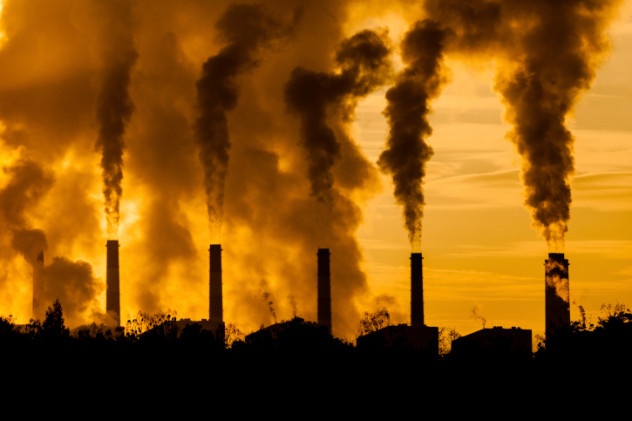
The gargantuan scale of the Amazon River has clearly been established, but how big a deal is it really on a global scale? Well, the Amazon River holds about 20 percent of the world’s fresh water, so that should give you an idea of how much life depends on it. We have also mentioned that the Amazon makes up more than half of all rain forests, but that doesn’t really paint a clear enough picture of its importance. Well, rain forests currently cover about 6 percent of the world’s surface, down from 14 percent. The Amazon covers 6.7 million square kilometers (2.6 million sq mi) across nine countries, made up of nearly 400 billion individual trees. These trees are estimated to produce about 20 percent of the world’s oxygen.
While we wouldn’t exactly choke where we stand if it was gone, deforestation in the Amazon does have catastrophic effects for the whole planet. The Amazon holds about 90–140 billion metric tons of carbon, which is three or four times the amount released into the atmosphere each year. In fact, deforestation accounts for about 15 percent of annual global emissions, which is more than the transport sector of the entire world. And obviously, if the rain forest is leveled in the next 40 years, there will be considerably fewer trees to absorb the markedly higher levels of carbon in the atmosphere. And once those trees are gone, it can take hundreds of years for them to grow back, if that’s even possible. We are literally making the problem bigger while also reducing our ability to address it.
1 The Amazon’s Secret River
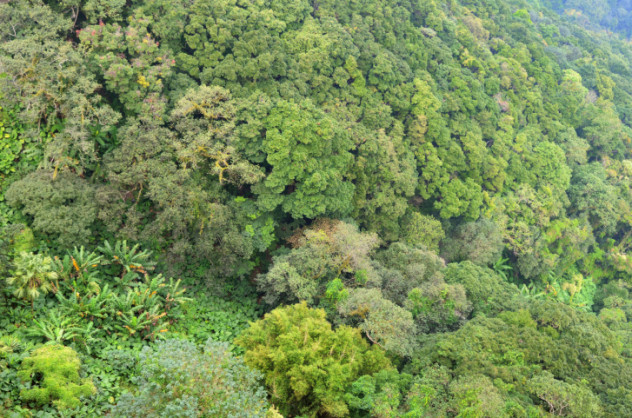
Everybody knows the Amazon River, and we’ve already established that it dwarfs pretty much every other river on the planet. It is such an impressive triumph of nature that it’s easy to understand why few people heard about the discovery of another river in the Amazon as recently as 2011. You might be thinking that, even though the Amazon is a pretty big place, and often covered by a thick canopy, it must be a pretty small river to have evaded being seen all this time. As it turns out, the Hamza River, as it has come to be known, is roughly the same length as the Amazon River, which is 6,000 kilometers (3,728 mi). It also ranges from about 200–400 kilometers (124–248 mi) wide, which is wider than the mouth of the Amazon River itself.
As many of you may have guessed by now, the Rio Hamza is an underground river. Its discovery was made using old oil wells and computer simulations to reveal its presence 4 kilometers (2.5 mi) deep underground. Of course, despite being considerably wider than the Amazon River, the Hamza isn’t a river as we traditionally imagine them. It is more like an extremely wide trickle of water as opposed to the sweeping waters of the Amazon above. However, while its flow is only about 3 percent that of the Amazon, it still discharges 46 times the Thames.
Simon is a 24-year-old grown-up who works 9-5 and pays bills now. The mystery of where he has been for the past few months can be solved by heading over to Celestial Green Ventures.



